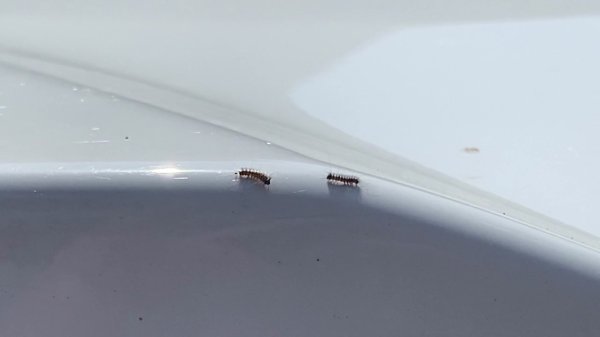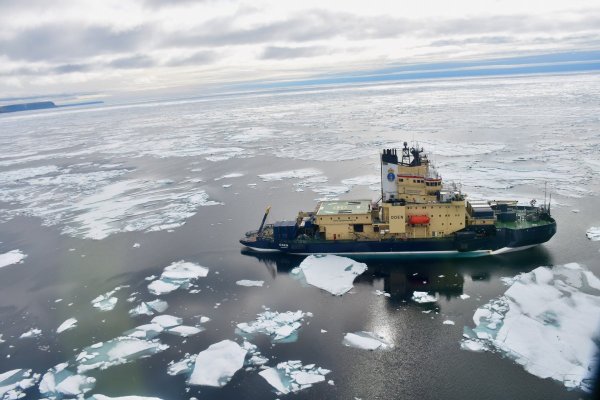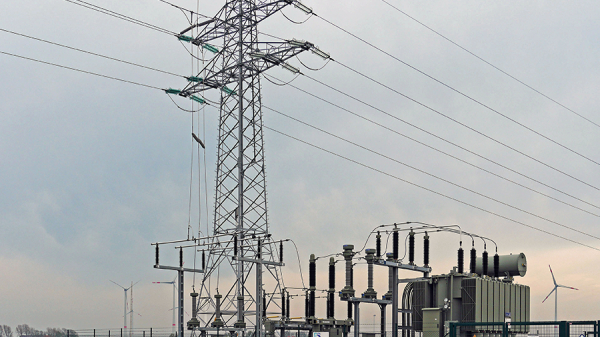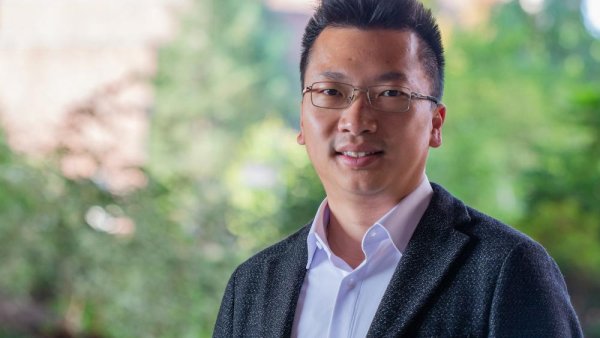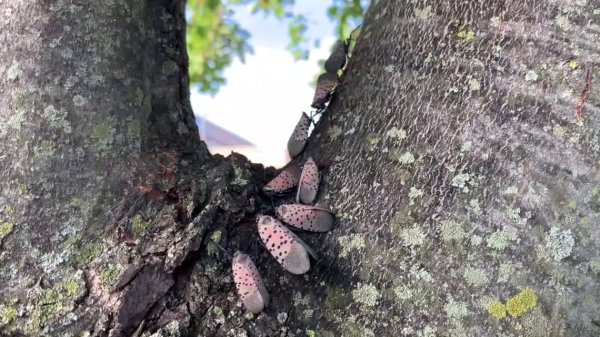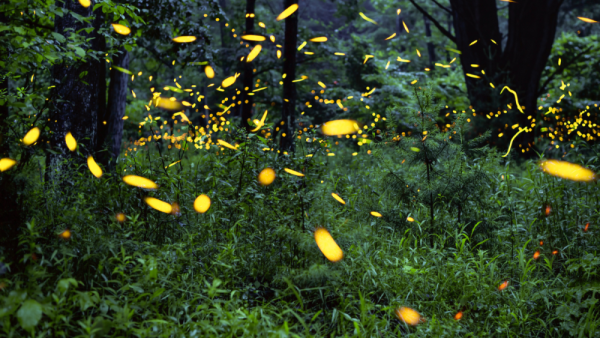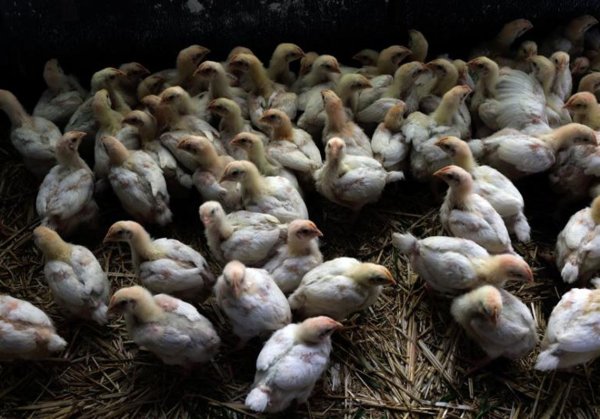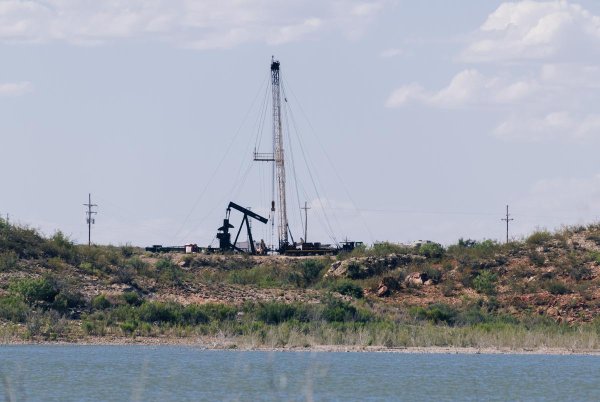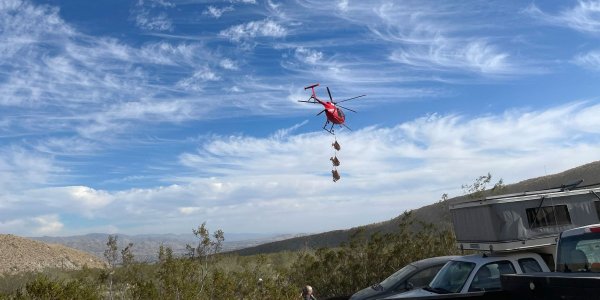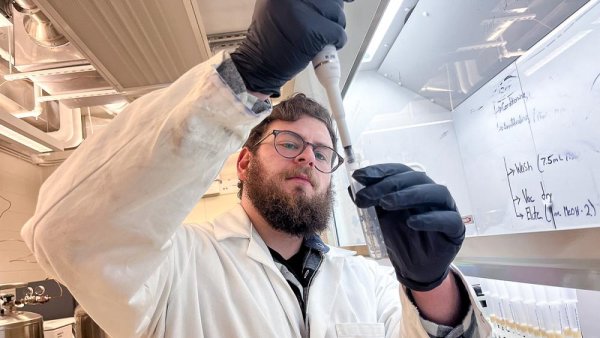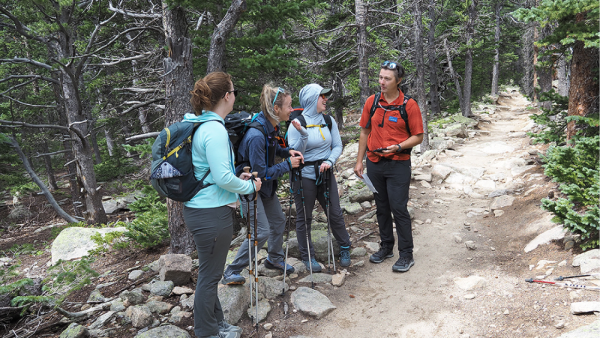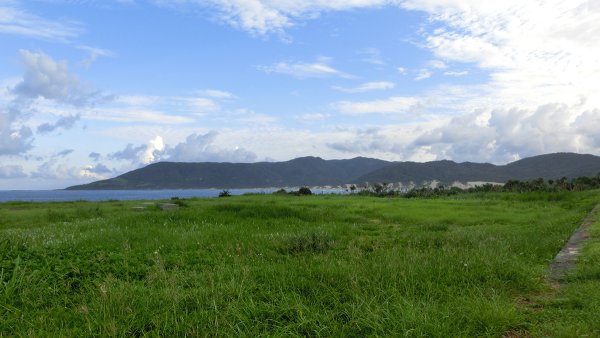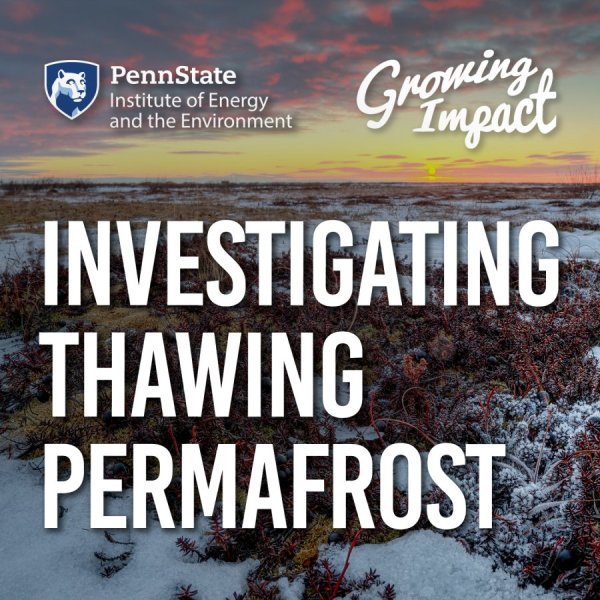Spongy moths are everywhere in central Pennsylvania
| wnep.com
They are considered one of the most damaging bugs in Pennsylvania, and spongy moths are currently hatching in parts of our area. This article quotes Anna Hodgson, Penn State Extension agronomy educator.
The first Arctic researchers
| by Hester Blum
For millennia, Inuit communities have served as stewards of the Arctic, intimately attuned to its rhythms. Their observations and adaptations offer invaluable scientific insights. When researchers join forces with these communities, a more comprehensive understanding of climate change emerges.
Designing and assessing market designs to improve electrical grid reliability
| psu.edu
A project co-led by two Penn State professors has been selected to receive up to $815,959 from the Grid Deployment Office of the U.S. Department of Energy (DOE). The team will evaluate prospective market design changes to efficiently integrate batteries and other unconventional resources into wholesale electricity markets, with the aim of improving electrical grid reliability.
Engineering professor elected fellow of two professional societies
| psu.edu
Tak Sing Wong, professor of mechanical engineering and of biomedical engineering, was elected a fellow of the American Society of Mechanical Engineers and of the Royal Society of Chemistry.
Spotted lanternflies hatching out
| wnep.com
Newswatch 16's Mackenzie Aucker spoke with experts about when we can expect to see the invasive species in central Pennsylvania. This article mentions Penn State Extension research.
Firefly populations at risk due to climate change, urban development
| psu.edu
Catching fireflies is an iconic summer experience for many people living in North America, but the flickering beetles are on the decline. A new study by a team that includes Penn State researchers has identified factors that may be contributing to declining populations.
Bird flu is infecting more mammals, so what does that mean for us?
| post-gazette.com
In her three decades of working with elephant seals, Dr. Marcela Uhart had never seen anything like the scene on the beaches of Argentina’s Valdés Peninsula last October. This article quotes Troy Sutton, professor of veterinary and biomedical sciences.
Companies aim to release more treated oilfield wastewater into rivers and streams
| yahoo.com
Texas regulators are issuing permits to discharge large volumes of treated “produced water” into some waterways. Questions remain about the toxic pollutants found in the wastewater. This article mentions Penn State research.
Which wild animals carry the COVID-19 virus? An ambitious U.S. project aims to find out
| science.org
An ambitious U.S. project aims to sample more than 50 animal species to clarify how the COVID-19 virus moves between people and wildlife. This article features Penn State research.
Geography master's student gains real-world perspective through EPA internship
| psu.edu
Samuel Cohen, a graduate student in the Department of Geography at Penn State, saw the real-life impact of his research during a summer internship at the U.S. Environmental Protection Agency. Cohen's thesis research focuses on the biogeochemistry and ecohydrology — or how hydrological processes influence ecosystems — of human-impacted watersheds. Cohen said his goal is to better understand the fate and behavior of pollutants and that the tangible aspects of his internship were pivotal, as they allowed him to witness how his research could be applied.
Increasing sustainability through education at United States national parks
| psu.edu
Derrick Taff, associate professor in the Penn State Department of Recreation, Park, and Tourism Management, is leading multiple studies that influence sustainability education and policies at Rocky Mountain National Park and Grand Teton National Park. He also recently completed a scholar-in-residence program with the Rocky Mountain Conservancy.
Middle-of-the-road mountains form the best carbon sinks
| eos.org
Silicate rock weathering has a sweet spot: erosion that isn’t too fast or too slow. This article quotes Evan Pugh University Professor Susan Brantley.

